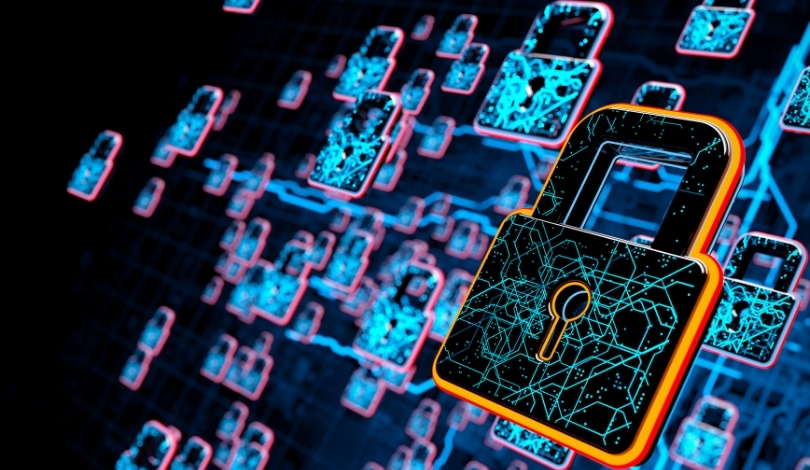PowerSchool, a major provider of education software, has faced a resurgence of risks five months after succumbing to a cyberattack. Despite paying a ransom to allegedly secure sensitive data, some customers are now encountering subsequent extortion threats. This situation raises ongoing questions about the effectiveness of such payments in preventing data leaks. While these challenges unfold, PowerSchool is left dealing with the complexities of cyber liability and client trust preservation. It is noteworthy that understanding the full impact of this scenario is crucial for both vendors and their clients navigating cybersecurity threats.
This isn’t PowerSchool’s first exposure to cyber threats. In previous incidents, clients have faced issues stemming from vulnerabilities within the provider’s systems, reinforcing concerns around vendor-related cybersecurity breaches. Despite security measures, similar threats have persisted, highlighting the repeated struggle companies face in protecting sensitive client information. This ongoing pattern calls attention to the industry’s broader difficulty in preempting such attacks and maintaining airtight security across embedded systems.
What Triggered the Extortion Threats?
Recently, a threat actor contacted several school district clients of PowerSchool, demanding payment with threats to expose the data acquired in the earlier attack. This incident is a stark reminder of the potential downstream consequences companies may face when their vendor partners encounter data breaches. Payoffs to cyber attackers do not necessarily ensure data safety, illustrating the precarious nature of relying solely on ransom payments as a security strategy.
Who is Behind the Attack?
PowerSchool stated that they are aware of the threat actor’s attempts to extort their customers. The attack exploited a compromised user credential, providing access to the student information system. Although PowerSchool and their partners have investigated the breach, identifying the people or groups responsible continues to be challenging. This complexity underlines the intricate landscape of cybercrime, where tracing perpetrators and attributing responsibility remains a difficult endeavor.
How is PowerSchool Responding to the Situation?
In reaction to the threats, PowerSchool has initiated cooperation with law enforcement to address the situation, offering support to affected customers. The company admitted to paying ransom previously, believing it served their customers’ interests. Despite these actions, the possibility of threat actors not holding their end of the bargain persists, leading to renewed scrutiny on how such situations should be handled effectively without encouraging further threats.
Handling cyber threats involves understanding not only the current risks but also predicting future strategies to safeguard data integrity. PowerSchool’s case highlights the necessity for vendors to revamp their cybersecurity protocols continuously. Moreover, clients must critically assess their risk mitigation strategies and collaboration with cloud service providers to ensure comprehensive security management. Adaptive approaches reinforcing both preventive and reactive measures are essential for stakeholders across industries.










